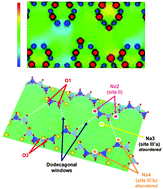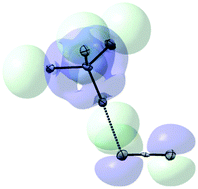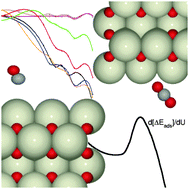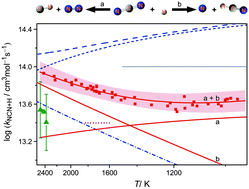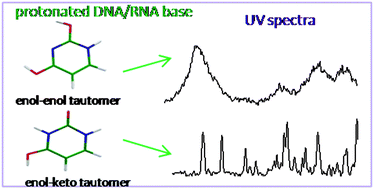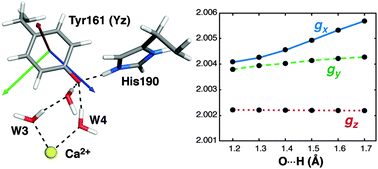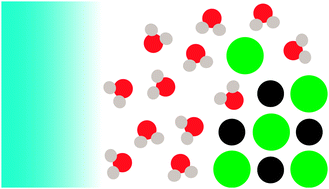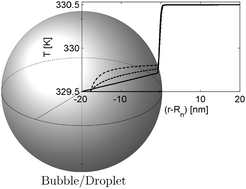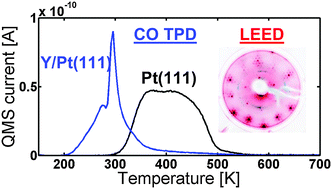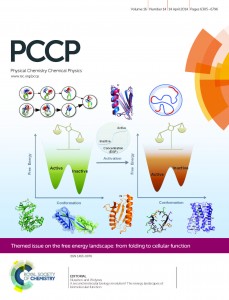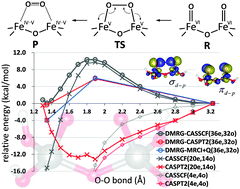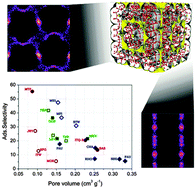Bunsentagung 2014 is taking place later this week in Hamburg, Germany (29–31 May). PCCP Deputy Editor Jeanne Andres will be there so if you are also attending please do visit our stand – we’d love to meet you and hear any feedback that you may have about our journal.
PCCP activities with Bunsentagung:
- 15th anniversary issue: A special issue to mark 15 years since the very first issue of Physical Chemistry Chemical Physics was published recently. The issue contains work from many of the people who have contributed to the success of the journal over the last 15 years and Jeanne will have free copies to give away – so make sure to get yours!
- PCCP prizes: For the 8th year running PCCP is proud to sponsor Poster Prizes and “hot topic” awards at the Bunsentagung rewarding outstanding research.
- Co-Owner of PCCP: PCCP is co-owned by 18 national chemical societies including the Deutsche Bunsen-Gesellschaft (DBG) für Physikalische Chemie. Every time a paper by a German author is published in PCCP, the DBG receives a financial royalty from the journal. We are proud of PCCP’s strong and historic links with German research.
- Board Members: Germany is well represented on the board of PCCP – Martina Havenith, Ruhr-University Bochum and Frank Neese, Max Planck Institute for Chemical Energy Conversion are both Associate Editors for the journal handling papers on THz and IR spectroscopy and Theoretical and Computational Chemistry respectively. We are also privileged to have Stefan Grimme, Wolfgang Lubitz, Manfred Martin, Gerard Meijer, Joachim Sauer, Ferdi Schüth, Martin Suhm, Jürgen Troe and Hans-Joachim Werner on our Editorial and Advisory Boards.











